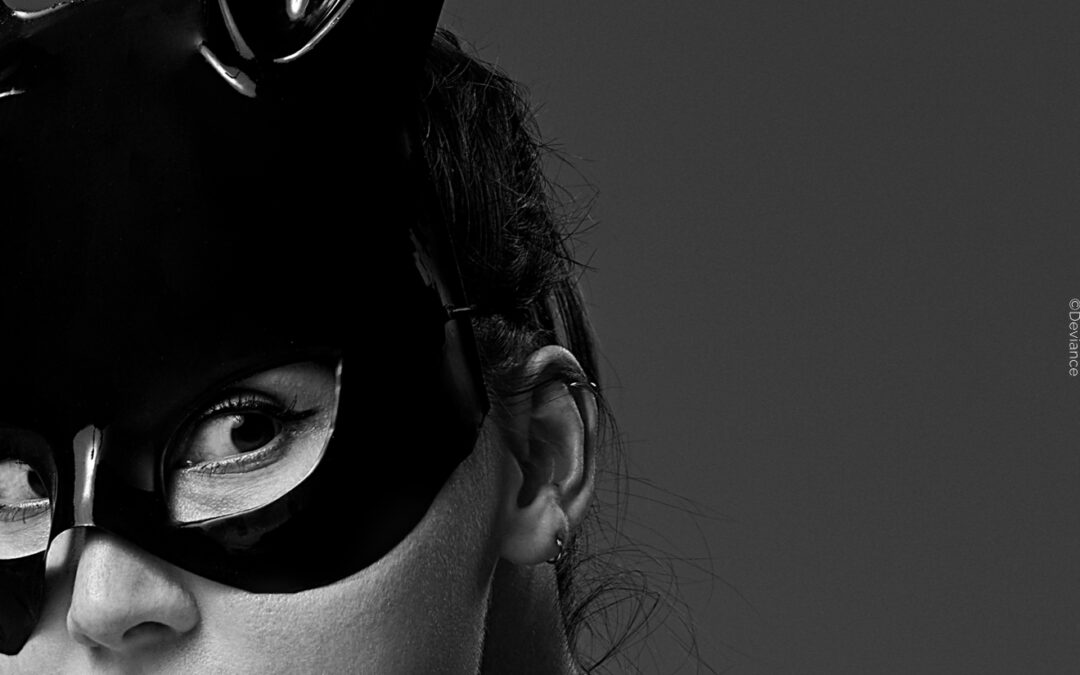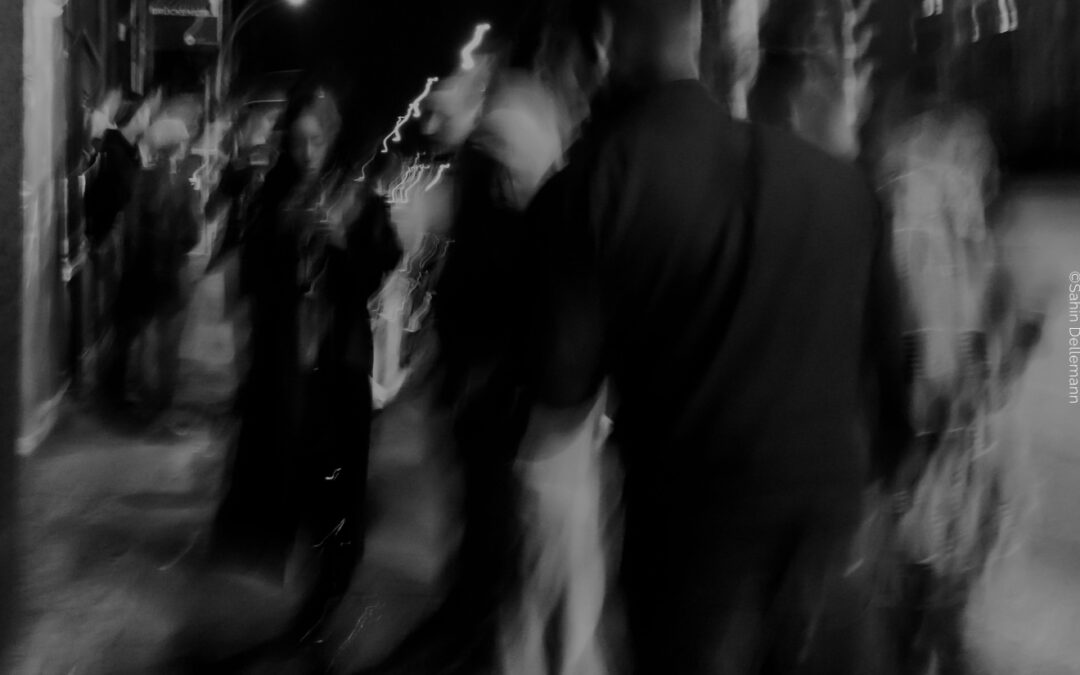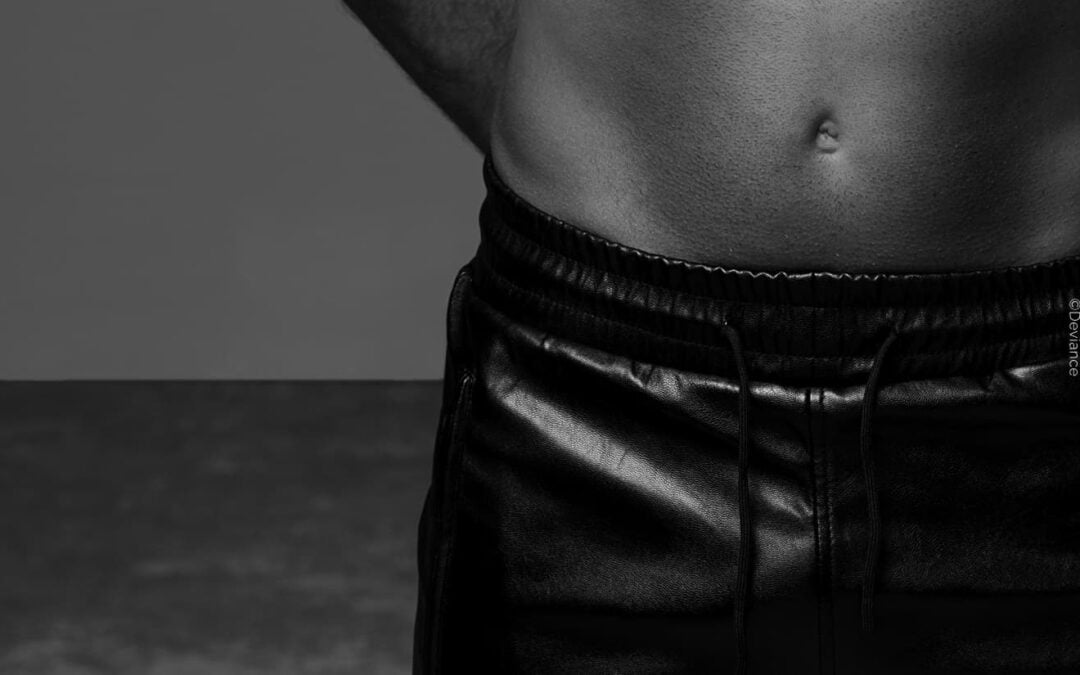What exactly is behind a foot fetish?
As the name suggests, a foot fetish is a sexual preference for feet. The technical term for this is podophilia. The different types of foot fetishes are much more varied than one would primarily assume.
For example, preferences may focus on specific areas of the foot, such as toes, soles, ankles, or the midfoot. Others may appreciate particular details like foot jewelry, painted nails, or footwear. Common fetishes include stockings, tights, or shoes. Some people may place more emphasis on smell and appearance, with enthusiasts who prefer clean, well-groomed feet, while other fetishists may specifically enjoy intensely aromatic feet.
Furthermore, factors such as the size, width and shape of the feet or which toes have which length can play a decisive role. A distinction is also made as to whether the active or passive person has a fetish. In other words, whether a person likes to do something with their feet or loves it when something is done with their feet.
The third, large category of foot fetishists are fans of foot sex. When it comes to sexual practices, a distinction is made between stimulation with the whole bare foot or just the toes. Stimulation with shoes on, often high heels, is closely related and is part of shoe fetishism. The English terms footjob, toejob and shoejob are often used in connection with these practices.
In addition, there are often BDSM practices such as trampling, shackling or tickling feet or bastinado. The latter is also known as foot torture and refers to blows to the soles of the feet. For some fans of CBT, there is a special attraction when the testicles are maltreated with the feet. Crushing is a kink in which one person enjoys watching another break something with their feet, for example stomping through fruit or crushing model cars with their shoes.
Cultural signs of foot fetishism
Foot fetishes have been known and documented for a very long time. In ancient China, the “lotus foot” was long considered the ideal of a woman’s beauty. The smaller a woman’s foot was, the more desirable she was considered to be. The social imprint on this form of aesthetics was so accepted and widespread that until the 20th century, the feet of young girls were broken and bandaged in order to achieve the lotus foot.
The love of feet was also documented early on in the West. In 1812, the fairy tale Cinderella by the Brothers Grimm was published, in which the protagonist had such small feet that no other woman could fit her shoe. The prince was thus able to identify her clearly. In the 18th century, King Ludwig I of Bavaria had a marble sculpture of a woman’s feet made.
How does a foot fetish develop?
Like so many things in the field of fetishes, it has not yet been conclusively clarified why and how a foot fetish develops. One theory that is widely accepted is that it originates in the biology of the human brain.
Close to the limbic system, which is responsible for our sexual arousal, is the sensorimotor cortex, which consists of two parts. One that controls movement and one that processes touch and the corresponding sensation as a sensory impression.
Using modern imaging techniques such as brain scans, it has been possible to observe how the same regions always light up when test subjects do or feel something specific. One of the first areas, which is directly adjacent to the limbic system, is responsible for the sensation in our feet. And it is proportionally large.
“The larger a body part is represented, the more sensitive it is.”
Herta Flor, psychologist at the Central Institute of Mental Health in Mannheim, www.gehirn.info
This knowledge led to the hypothesis that some people overreact to both areas and that the sensation of feet triggers sexual arousal more frequently than, for example, touching earlobes. This has not yet been proven..1
Research and foot fetish
Medically, there is ongoing debate about whether foot fetishism is truly a fetish. It is considered too common and often serves as a criterion for assessing the attractiveness of a partner due to sexual dimorphism. This means, similar to birds where males and females have different plumage, male and female feet are naturally distinct. Cis women, for example, tend to have feet that are differently shaped, generally smaller, and narrower compared to men, relative to their body size.
In addition, there are hardly any studies to date that are not based on cis-heteronormative assumptions, which is why a comprehensive overview is unfortunately not (yet) possible. The existing studies have shown, for example, that women often pay attention to their own feet, which can be expressed in grooming, jewelry or a passionate shoe collection, while heterosexual men pay more attention to women’s feet. Statistically speaking, small feet or feet that appear small due to clothing are preferred and rated as particularly attractive by the majority of men.2
Environmental factors have also influenced social attitudes towards foot fetish or the general role of feet in a sexual context. It is interesting to note that historically, the desire for footjobs, as far as can be understood, increases particularly in times of pandemic, as a footjob is seen as a particularly safe sex practice. This emerges from a study from the 1990s, when AIDS caused a worldwide sensation.3
In 1994, one of the few studies was published that looked at homosexual couples and foot fetishism.4 Here it appeared that many preferences were associated with a certain type of man and that this interpretation was more important than foot fetishism, for example. Unfortunately, there is still no recent study available, so that in the public perception foot fetishism seems to occur predominantly in heterosexual cis men. But presumably also because no comparison can be made without research.
Social facts
Thanks to its widespread popularity and celebrity followers, the foot fetish is one of the most widely accepted fetishes in our society. Some celebrities such as Quentin Tarantino or Orlando Bloom have already come out as foot fetishists or have made their preference for beautiful feet a theme in their work.
Nevertheless, it is important to differentiate what the majority of society understands by the almost chic image of “foot fetish”. For example, men who openly admit that they find women in nylon stockings and high heels erotic are not uncommon. In contrast, outside of kinky networks, you are less likely to meet people who openly talk about their sexual inclination towards socks worn for three days.
- For more information on the topic of cortex and brain, sensations, and anatomical location: https://www.dasgehirn.info/ ↩︎
- https://link.springer.com/article/10.1007/s10508-014-0422-z (Entsprechender Artikel von 2014) und Sex differences in relative foot length and perceived attractiveness of female feet: relationships among anthropometry, physique, and preference ratings. In: Percept Mot Skills. 2007. ↩︎
- A. J. Giannini, G. Colapietro, A. E. Slaby, S. M. Melemis, R. K. Bowman: Sexualization of the female foot as a response to sexually transmitted epidemics: a preliminary study. In dem Magazin: Psychological Reports. (1998 Oct). ↩︎
- M. S. Weinberg, C. J. Williams, C. Calhan: Homosexual foot fetishism. In: Archives of sexual behavior. 1994 Dec;23(6), S. 611–626. ↩︎









